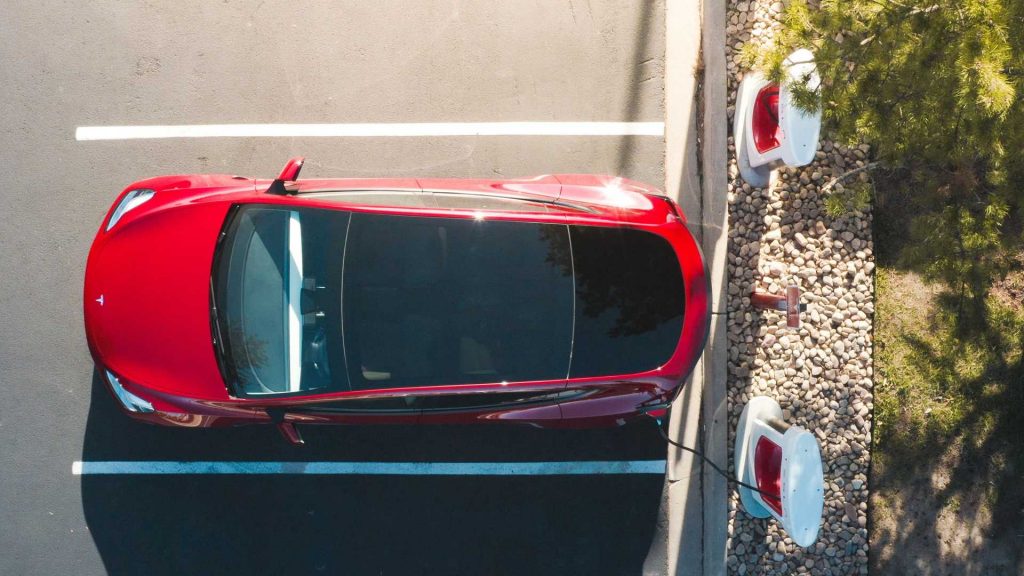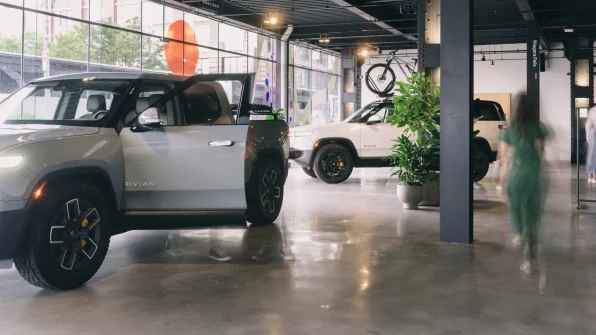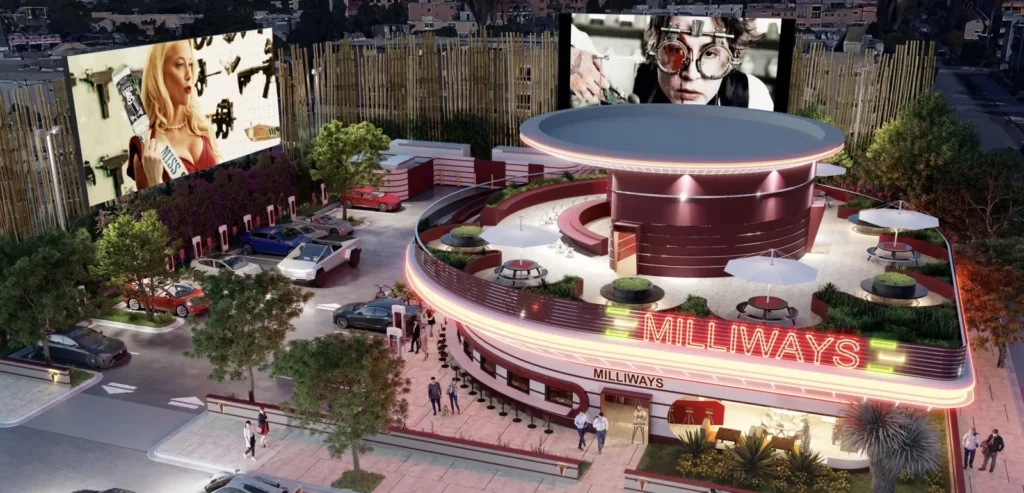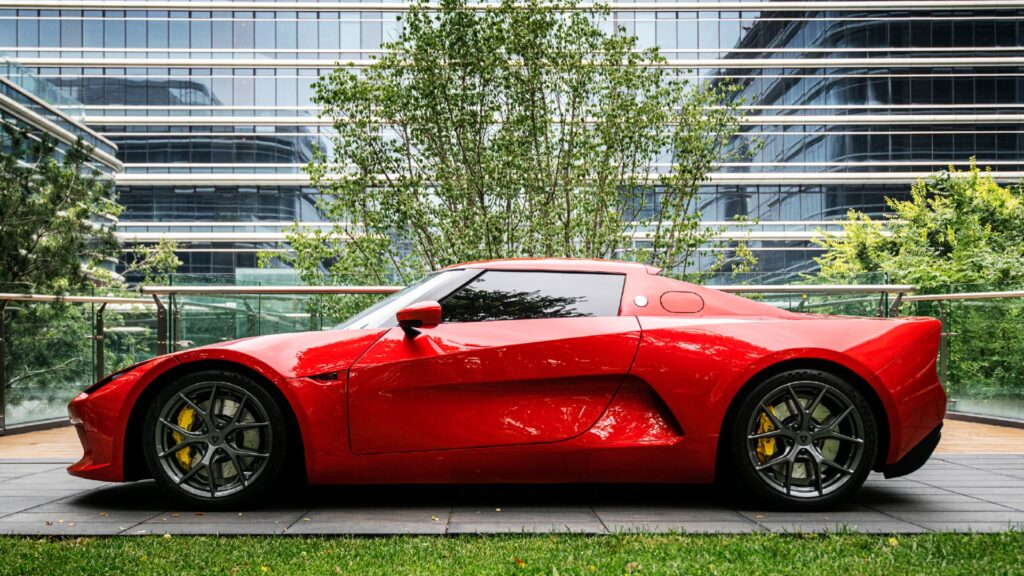During the first three months of 2023, Tesla’s worldwide Supercharging network expanded at a somewhat faster rate than in the first three months of 2022.
There were 269 additional stations, representing an annual growth rate of 8.5%. The figure is still below the record high of 395 set in the previous quarter (Q4 2022).


A total of 2,750 new connectors were produced a year-over-year increase of 27%. This is also significantly lower than Q4’s (3,536) total.
The stations are getting slightly bigger as the average number of connectors per station increased to over 10 in the first quarter from 8.7 a year ago.
Quarterly report:
- 269 new stations – 8.5% more than a year ago
- 2,750 new individual connectors (stalls) – 27% more than a year ago
- 10.2 connectors (stalls) per station on average – 17% more than a year ago
Tesla has added to its network of Supercharging stations and parking spaces to a total of:
- 4,947 stations – 33% more than a year ago
- 45,169 individual connectors (stalls) – 34% more than a year ago
- 9.1 connectors (stalls) per station on average – 1% more than a year ago
About 45,000 stalls have been reported as installed by the corporation as of late, thus 50,000 should be reached by the end of 2023 (probably in Q3).
The worldwide total of Tesla Supercharger stations is:
- 1st: September 2012
- 10,000: June 2018
- 20,000: November 2020
- 30,000: November 2021 (+10,000 in 1 year)
- 35,000: June 2022 (+5,000 in roughly 7 months)
- 10 years: September 2012-2022
- Europe (10,000): October 5, 2022
- 40,000: November 2022 (+10,000 in 1 year)
- China (10,000): December 26, 2022
- 45,000: April 9, 2023 (+5,000 in less than 5 months, +10,000 in 10 months)
The total output would be over 4.5 GW if all 45,000+ stalls were powered at once at an average of 100 kW (for illustration purposes).
Supercharging for Automobiles Other Than Teslas In addition, Tesla is actively extending its Non-Tesla Supercharger Pilot, which is currently accessible at a limited number of locations in:
- Europe (15 countries)
- Australia
- The United States (using Magic Dock build-in CCS1 adapter)
Supercharging Power
There is a predicted rise in the current maximum power output of Tesla Superchargers from 250 kW.
There were rumors that V3 Superchargers could produce 324 kW and reports of future outputs of 300 kW or higher.
As of late, Tesla has begun rolling out its first V4 Superchargers, which are rumored to achieve 350 kW and maybe over 600 kW (given the current and voltage constraints, listed on the V4 stalls).
Tesla Superchargers at full power:
- V2: 150 kW (compared to 120 kW originally)
- V3: 250 kW – See 2021 Tesla Model S Plaid Fast Charging Analysis and comparison with Lucid Air
- V4 (April 8, 2023): 250 kW
(potentially up to 615 kW, assuming 615 A and 1,000 V)
Separately, Tesla is developing rapid chargers (Tesla Megachargers) that can provide a megawatt of power to its electric trucks (Tesla Semi).
Charging standards
In the fourth quarter of 2022, Tesla will launch its proprietary charging standard, which will be known as the North American Charging Standard (NACS). In the near future, the company is anticipated to retrofit its North American chargers with a solution (the “Magic Dock”) capable of charging CCS Combo 1/J1772 Combo-compatible electric vehicles. A few of these stations (V3) have already been installed.
New Tesla vehicles in Europe (and the majority of the rest of the globe) are equipped with a CCS Combo 2 compatible charging port for both AC and DC charging.
In China, the business utilizes GB/T charging inlets (one for AC charging and one for DC charging).
Tesla Supercharging connectors differ based on the market:
- Tesla’s North American Charging Standard (NACS) is a proprietary charging standard used in North America and a few other regions, including South Korea and Japan.
Supercharging stations can power non-Tesla electric vehicles with a CCS1 adaptor thanks to the Magic Dock. - CCS2-compatible charging standard in Europe and the rest of the world. When Tesla first introduced DC charging, it did so with a separate connector, one that was only compatible with AC Type 2 inlets (the inlet functioned for 1- or 3-phase AC charging, as well as DC charging at Superchargers). Superchargers were updated with CCS2-compatible plugs for DC charging, and Tesla converted to a CCS2-compatible charging inlet for the European release of the Model 3 (and subsequent versions; Model Y, refurbished Model S/Model X). The newer, CCS2-compatible plug is the way to go, and many modern Superchargers come with both older connectors and newer ones.
- Charging in China conforms to the GB/T standard (two outlets on the car’s side, one for AC and one for DC power).




